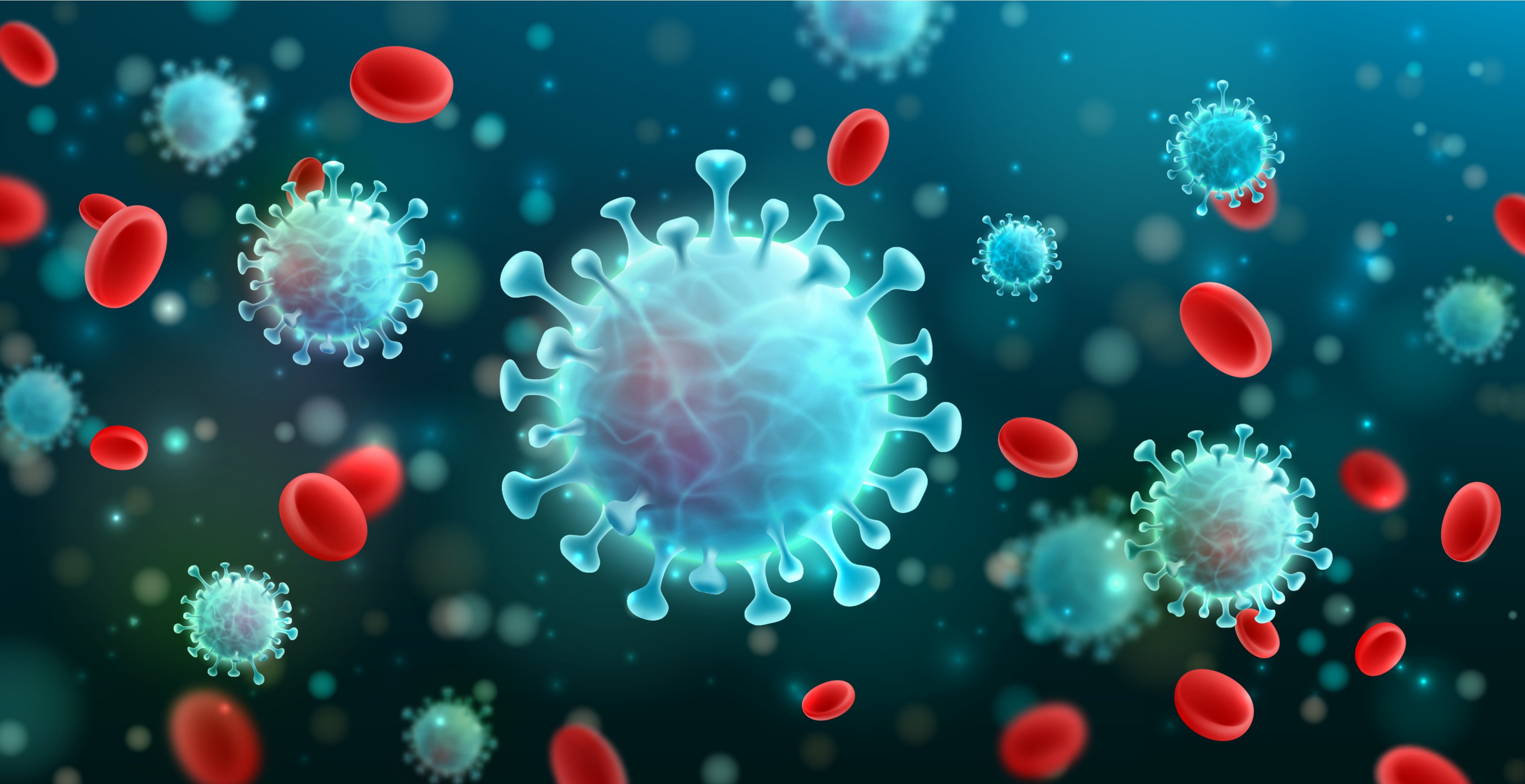
Coronavirus Vaccines & our immune system
Life Desk
Published:24 Feb 2021, 01:03 PM

Coronavirus Vaccines & our immune system
Ever since novel COVID-19 began infecting the masses, scientists and health professionals have been trying to find a way to combat it. The virus has crossed the toll of 109 million infections globally. Several vaccines have been approved and are being rolled out across the globe. Several more vaccines are in the later stages of trials, plus work is underway to modify vaccines to work against new strains of SARS-CoV-2, the virus that causes the disease COVID-19. But how exactly do these vaccines work, and how will they offer resistance against COVID-19?
How our immune system fights diseases
First, let’s examine how our immune system fights illnesses. Once germs like SARS-CoV-2 enter our bodies, they attack and begin to multiply. This is called an infection, and is what makes an individual sick. This is where our immune system comes into action. It pulls many gears to fight the infection.
The red cells in our blood help transfer oxygen to the organs and tissues present in our bodies. The white cells or ‘immune’ cells in our blood fight the infection. Our body has three kinds of white blood cells present, which fight infections in numerous ways. Below are the different types of white blood cells present in our body:
T-lymphocytes
T-lymphocytes attack infected cells present in the body. When an individual is infected with SARS-CoV-2, their body takes many days or even weeks to produce and use all the necessary tools to recover from the infection. Once the person fully recovers, their immune system remembers what is learned from the experience and how to safeguard the body against that particular disease. The body’s T-lymphocytes, also called ‘memory cells,’ are again called into action if the same virus enters the body again.
Macrophages
It swallow or digest dead or dying cells and germs. Fragments of the invading germs called antigens are left behind by the macrophages. The body then takes notice of the antigens and produces antibodies to attack them.
B-lymphocytes
These are defensive white blood cells that produce antibodies, which attack the remains of the virus left behind by the macrophages. When familiar pathogens are detected, B-lymphocytes make antibodies to counter them.
How does a vaccine work?
Vaccines provide immunity from other germs or viruses by stimulating the body’s natural defenses to strengthen the immune system. The immune system then produces antibodies that help fight the germ, which helps prevent the person from getting sick. Then, if the body comes across that germ again, the immune system recognises it and knows how to fight it.
How does a COVID-19 vaccine work?
Any COVID-19 vaccine will generally allow our body to develop immunity to the virus without us having to get sick. There are different types of vaccines, all of which work in different ways to offer protection. The goal with all kinds of vaccines is that the body has an ample amount of B-lymphocytes and T-lymphocytes that will know how to fight that virus if ever encountered again in the future.
Usually, it takes your body a few weeks to produce T-lymphocytes and B-lymphocytes after getting a vaccine shot. So it is likely that a person could still be infected with the virus before or right after the vaccination.
Sometimes you might also experience symptoms like fever after vaccination. If you feel such symptoms, they are normal and a sign that the body is building immunity. However, you should always contact a qualified health professional immediately if you notice any severe side-effects.
What vaccines are currently present for COVID-19?
Below are the three types of vaccines which are developed to fight COVID-19: Messenger RNA (mRNA)
This type of vaccine contains material from SARS-CoV-2; this helps in giving our cells the directions on how to produce a protein that is less harmful, which is exclusive to the virus.
Once our cells make copies of the protein, the genetic material from the vaccine is demolished. Our body realises that the protein shouldn’t be there. So, T-lymphocytes and B-lymphocytes are produced that will remember how to fight the virus if we are infected in the future.
Vector vaccines
These have a weakened version of a live virus, which is different to SARS-CoV-2, which has genetic material from SARS-CoV-2 injected in it. This is called a ‘viral vector.’
When the viral vector enters our cells, the genetic material gives directions to produce a protein that is unique to the virus. Our cells then make copies of that protein, and in conclusion, T-lymphocytes and B-lymphocytes are produced. The two cells then remember how to fight the virus if encountered in the future.
Protein subunit vaccines
Protein subunit vaccines contain harmless pieces of the virus rather than an entire germ. When vaccinated, our immune system recognises that the protein is foreign and starts producing antibodies and T-lymphocytes. If encountered again in the future, memory cells will fight the virus.
How COVID-19 mRNA vaccines aim to protect against the virus
Our cells are given the instruction to make a harmless piece of ‘spike protein’ through mRNA vaccine. It is found on the surface of SARS-CoV-2. The vaccines are injected into the upper arm muscle. When the instructions are inside the immune cells, a protein piece is made. From there onwards, the cell breaks down the instructions and discards them.
The cell displays the protein piece on its surface. When our immune system observes that the protein is foreign and doesn’t belong there, it begins to build an immune response by producing antibodies. In the end, our bodies learn how to protect against similar infections in the future. The benefit of mRNA vaccines is that when vaccinated, an individual gets this protection without getting sick with COVID-19.